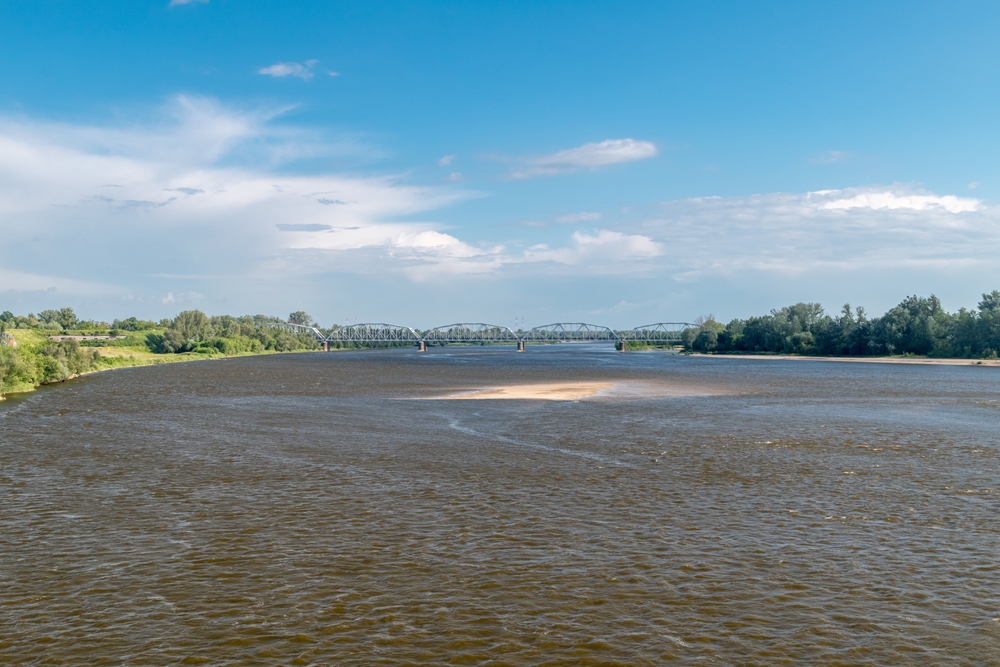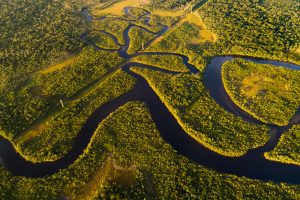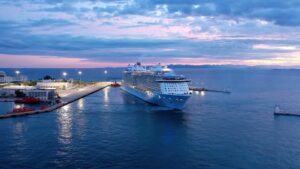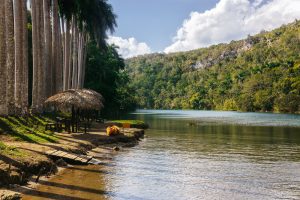Whether you are considering a river cruise or just looking for a place to spend time in nature, there are many rivers in Europe that will enchant you.
Among the hundreds of rivers in Europe, there are several that are incredibly long, affording you more opportunities to discover beautiful new vistas.
You may be surprised to learn that many of Europe’s rivers originate in Russia and meet at the intersection between the Russian and European landmasses.
As you no doubt learned in history classes, rivers play a pivotal role in the economies and cultures of the communities that live along its banks. Rivers serve as a means of trade and transportation, whether that be for goods and products or art and ideas.
Take a look at this list of the longest and most prominent rivers in Europe – they are each worth exploring to discover and enjoy their unique attributes.
Table of Contents
The Longest Rivers in Europe by Length
| Number | River | Length (KM) | Length (Miles) |
|---|---|---|---|
| 1 | Volga River | 3,692 | 2,294 |
| 2 | Danube River | 2,860 | 1,777 |
| 3 | Ural River | 2,428 | 1,509 |
| 4 | Dnieper River | 2,287 | 1,421 |
| 5 | Don River | 1,870 | 1,162 |
| 6 | Pechora River | 1,809 | 1,124 |
| 7 | Kama River | 1,805 | 1,122 |
| 8 | Northern Dvina River | 1,774 | 1,102 |
| 9 | Oka River | 1,500 | 932 |
| 10 | Belaja River | 1,430 | 889 |
| 11 | Belaya River | 1,420 | 882 |
| 12 | Dniester River | 1,362 | 846 |
| 13 | Vyatka River | 1,314 | 816 |
| 14 | Rhine River | 1,230 | 764 |
| 15 | Desna River | 1,130 | 702 |
| 16 | Vychegda River | 1,130 | 702 |
| 17 | Elbe River | 1,091 | 678 |
| 18 | Donets River | 1,050 | 652 |
| 19 | Vistula River | 1,047 | 651 |
| 20 | Tagus River | 1,038 | 645 |
| 21 | Daugava River | 1,020 | 634 |
| 22 | Loire River | 1,012 | 629 |
| 23 | Khoper River | 1,010 | 628 |
| 24 | Tajo River | 1,007 | 626 |
| 25 | Tisza River | 965 | 600 |
| 26 | Prut River | 953 | 592 |
| 27 | Sava River | 940 | 584 |
| 28 | Ebro River | 930 | 578 |
| 29 | Meuse River | 925 | 575 |
| 30 | Neman River | 914 | 568 |
1. Volga River, Russia: 3,692 km (2,294 miles)
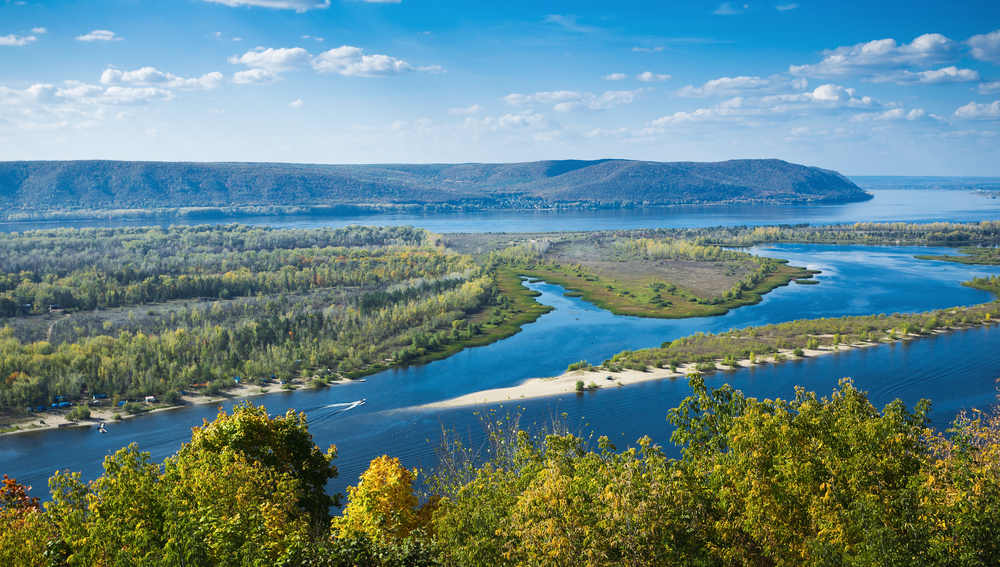
The Volga River is the longest river in Europe at 3,692 kilometers. The origin of this river is located in Tver Oblast at Valdai Hills and is located 225 meters above sea level.
The Volga River flows through Russia before emptying into the Caspian Sea. Where the river meets the Caspian Sea, it discharges 284,636 cubic feet of water per second!
In Russia, the Volga River is known as “The Great River” because it provides a consistent water supply throughout Central Russia.
2. Danube River, Germany: 2,860 km (1,777 miles)
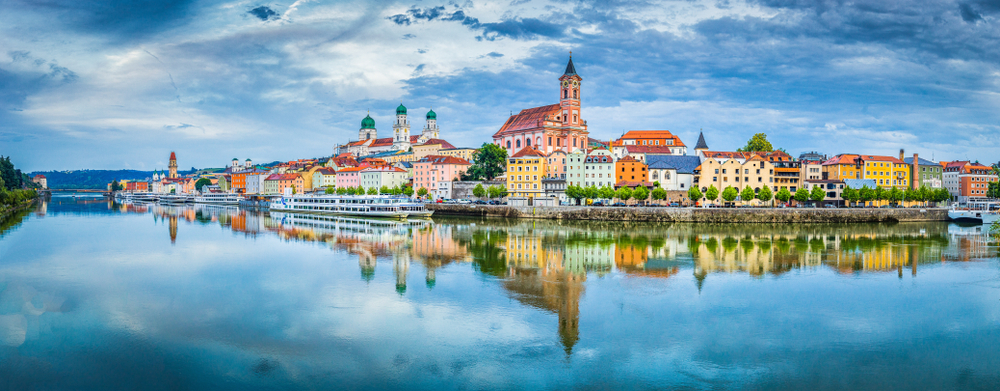
The Danube River originates in the Black Forest of Germany in the community of Donaueschingen. The Danube River is the longest in the European Union at 2,860 kilometers.
The river flows through nine nations, Romania, Austria, Serbia, and Slovakia, to name a few. This makes it an important source of fresh water in those countries. Ultimately, it flows into the Black Sea.
The Danube River flows through more countries than any other in the world. These include nation capitals such as Bratislava, Vienna, Belgrade, and Budapest.
The Danube experiences a large amount of water traffic, and there were even claims in 2010–2012 that commercial crafts were being attacked by pirates.
Upon investigation, the UN Convention on the Laws of the Sea named them not acts of piracy but rather “river robberies”.
The Danube River is where many early cultures formed in the Neolithic age. There are many sites on the riverside that date from the 6th to the 3rd millennia BCE, and several of these communities were well known for the quality of their ceramics.
Notable warriors such as Darius the Great of Persia and Alexander the Great led invasions throughout the area.
Eventually, the area was brought under Roman control and the river acted as the dividing line between the northern tribes and the Roman Empire.
3. Ural River, Russia: 2,428 km (1,509 miles)
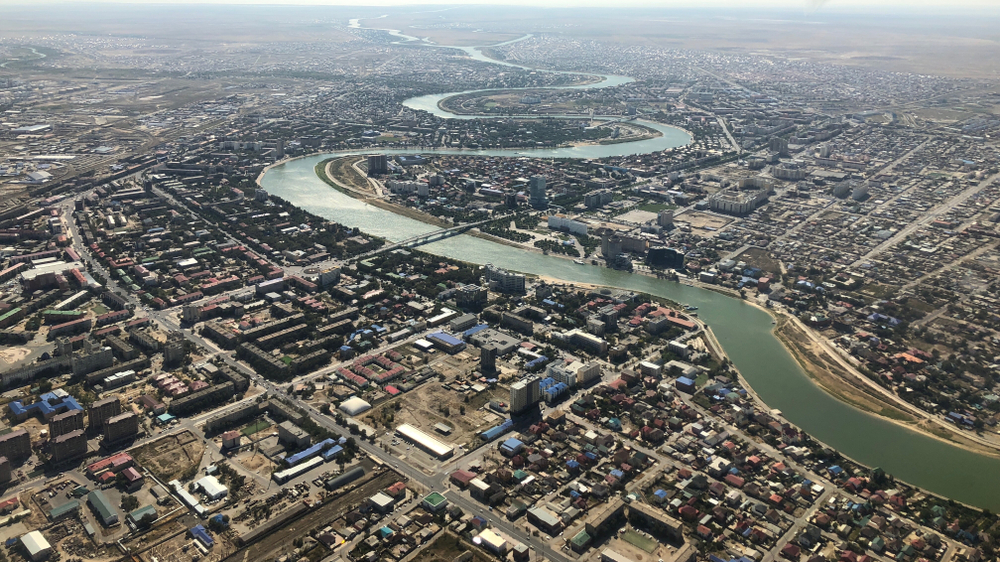
The Ural River runs 2,428 kilometers into the Caspian Sea. Its origin is on the western side of the Ural Mountains in Russia.
Besides Russia, the river also flows through Kazakhstan. This makes it an important source of fresh water for many communities.
4. Dnieper River, Russia: 2,287 km (1,421 miles)
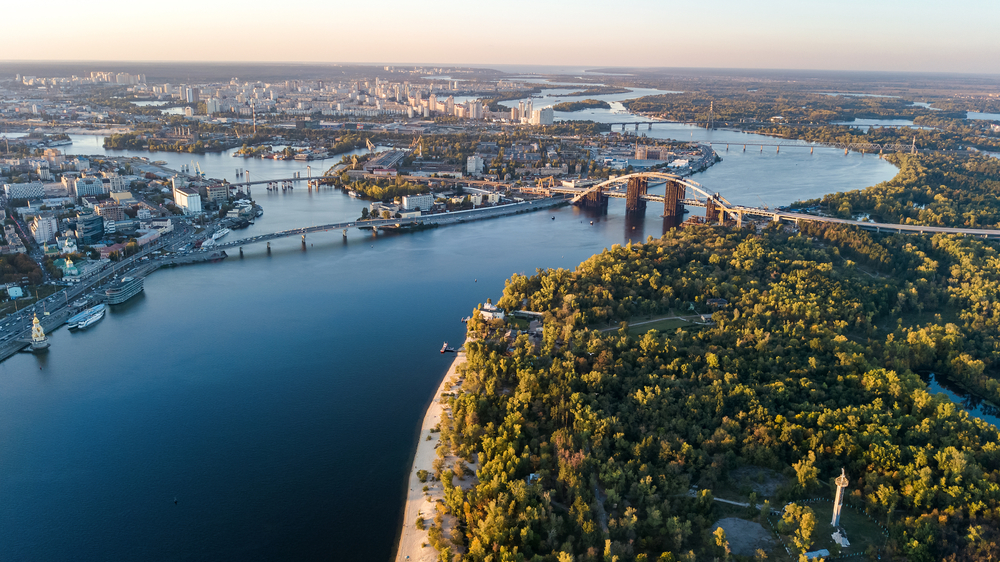
The Dnieper River originates around Smolensk, Russia, and its primary water supply comes from the Valdai Hills about 220 meters above sea level.
The Dnieper River is 2,287 kilometers long and drains into the Black Sea. This makes it the fourth-longest river in Europe.
The river runs through Russia, Belarus, and Ukraine and is fundamentally important to the ecosystems in those areas. Not only does the river provide fresh water but it also provides a lush place for native plant and animal species to thrive.
5. Don River, Russia: 1,870 km (1,162 miles)

The source of the Don River is in Novomoskovsk, Tula Oblast, Russia, and rests 238 meters above sea level. The river flows through Russian and Ukraine where it empties into the Sea of Azov.
This river is 1,870 kilometers long, and when it empties into the Sea of Azov it discharges around 33,019 cubic feet of water per second!
The Don River the ranked as the fifth largest river in Europe. Due to its size and location, it has been significant for traders moving goods throughout the region.
It is very navigable due to the connection of the river’s basin with the basins of the Dnieper, Oka, and Volga River basins, which has been very helpful for commercial trading and the movement of goods.
6. Pechora River, Russia: 1,809 km (1,124 miles)
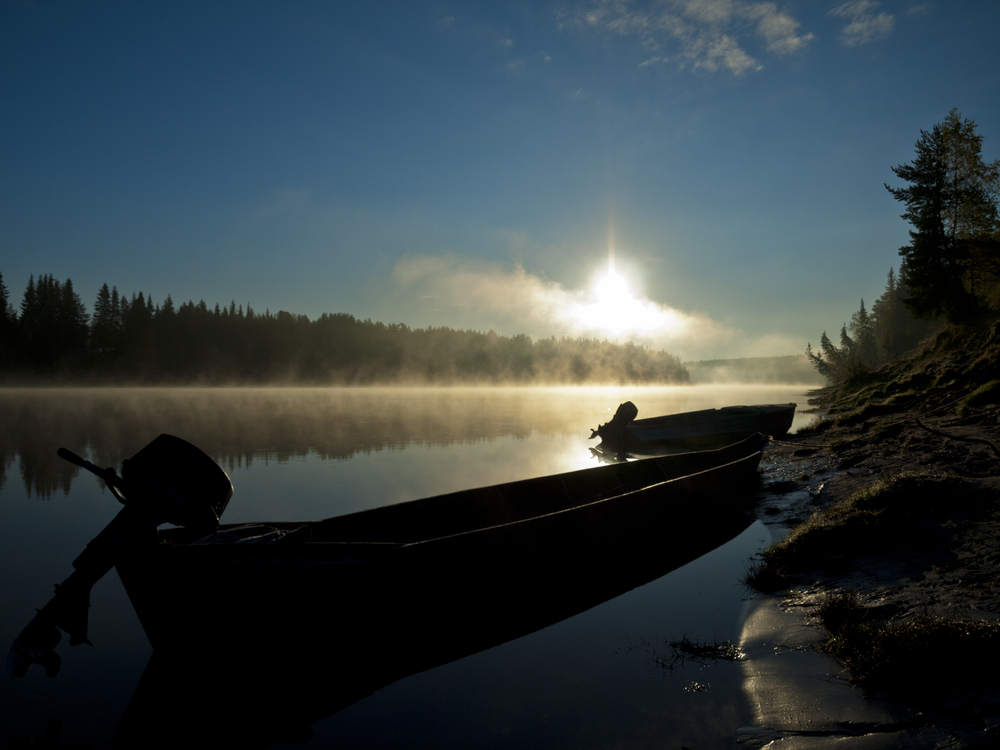
Originating at 630 meters above sea level in the Ural Mountains, the Pechora River flows 1,809 kilometers down the mountain’s western slope. This outstanding length makes it well known throughout Europe.
It flows into the Barents Sea, discharging approximately 145,000 cubic feet of water per second.
The Pechora River is also well known for its attractiveness, and the people in Pechora feel fortunate to be near the river as it serves to irrigate the surrounding lands.
7. Kama River, Russia: 1,805 km (1,122 miles)
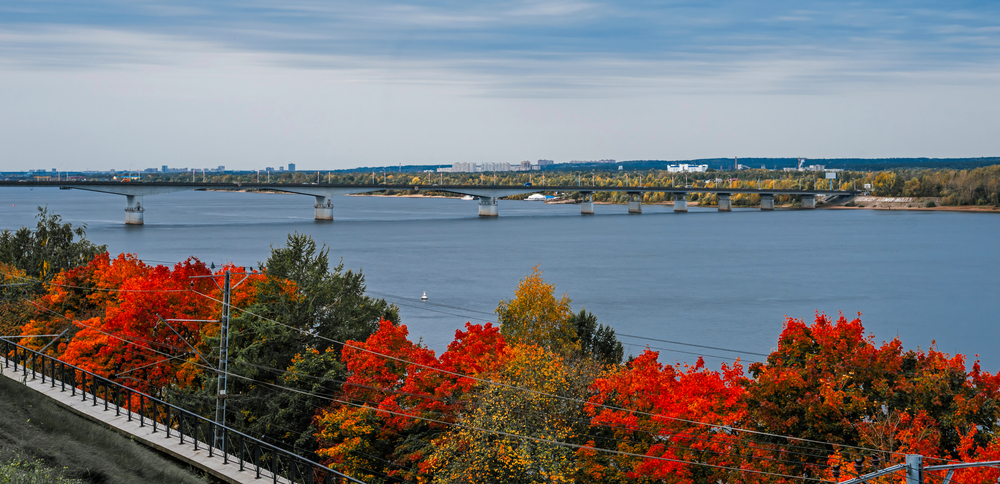
The Kama River is a tributary of the Volga River and runs 1,805 kilometers through Russia. Even though it is a tributary, it is actually larger than the Volga River.
The origin of this river is in the Udmurt Republic, and it runs across the Republic of Tartarstan and through many cities before combining with the Volga River.
The Kama River was formerly known as the Belaya River and is ranked as the seventh-largest river in Europe.
Prior to the development of the railroad system, the river was used for commercial movement through the Northern Dvina and the Pechora Rivers.
The Ekaterininsky Canal was created to connect the Kama with the Vychegda River, but this plan was abandoned for more efficient commercial shipping routes.
8. Northern Dvina River, Russia: 1,774 km (1,102 miles)
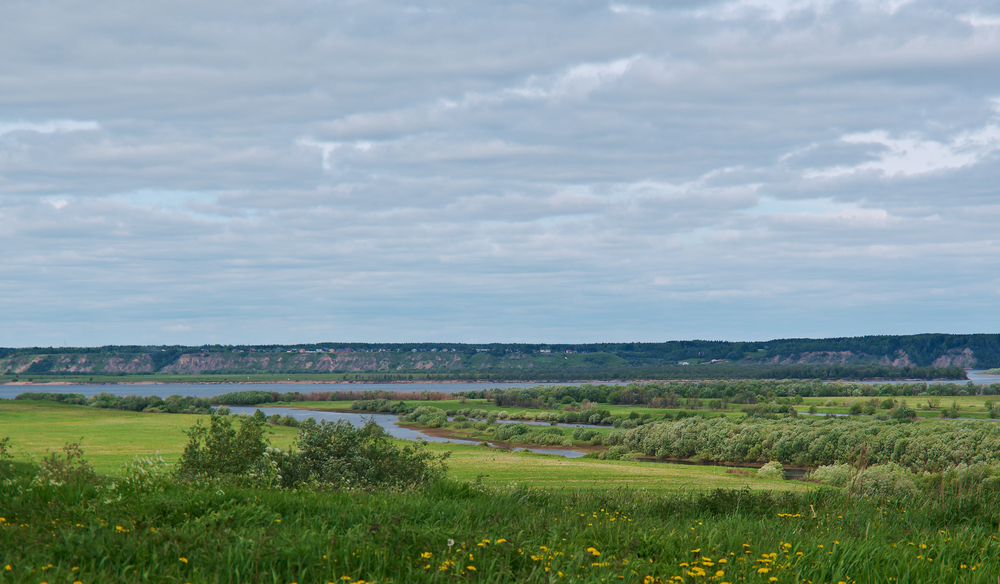
The main source of the Northern Dvina River is the Yug River. The Northern Dvina runs 1,774 kilometers and originates in the Dvinskly Zaliv mountains.
The river flows through a number of cities including Arkhangelsk and Severodvinsk.
9. Oka River, Russia: 1,500 km (932 miles)
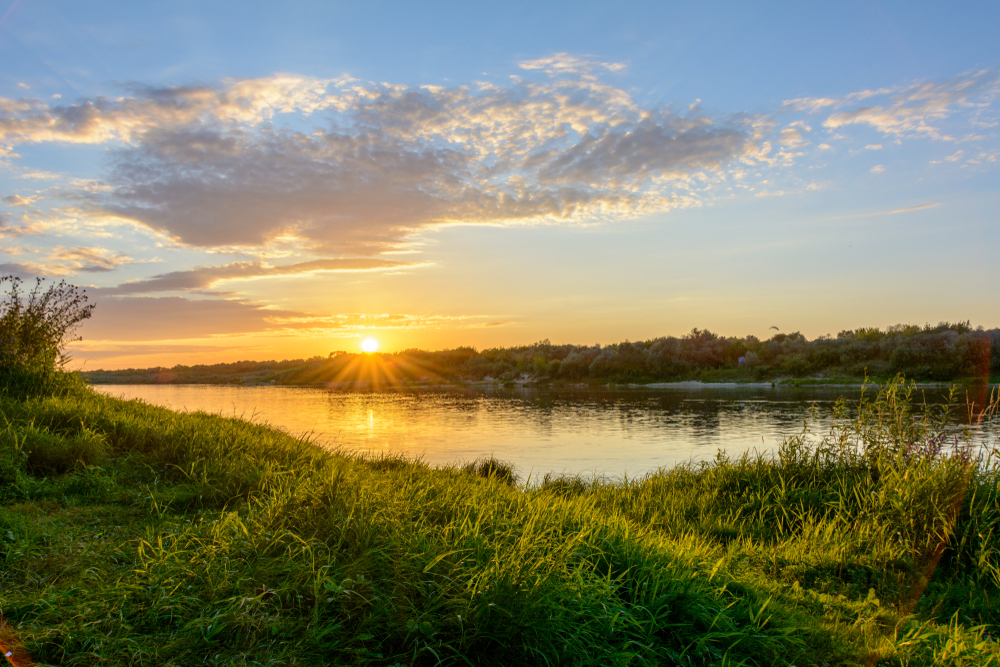
The Oka River originates in the Oryol Oblast in Russia with a source point that is 226 meters above sea level. The Oka River is the largest tributary of the Volga River and flows for 1,500 kilometers before joining the Volga.
Eventually, the Oka River empties into the Caspian Sea. There are a number of tributaries that branch off from the Oka River and a number of communities and towns along its banks.
The Oka River is connected with several other basins in cities in central Russia, and these connections make it highly navigable and useful for commercial trading and the movement of goods.
10. Belaya River, Ukraine: 1,430 km (889 miles)
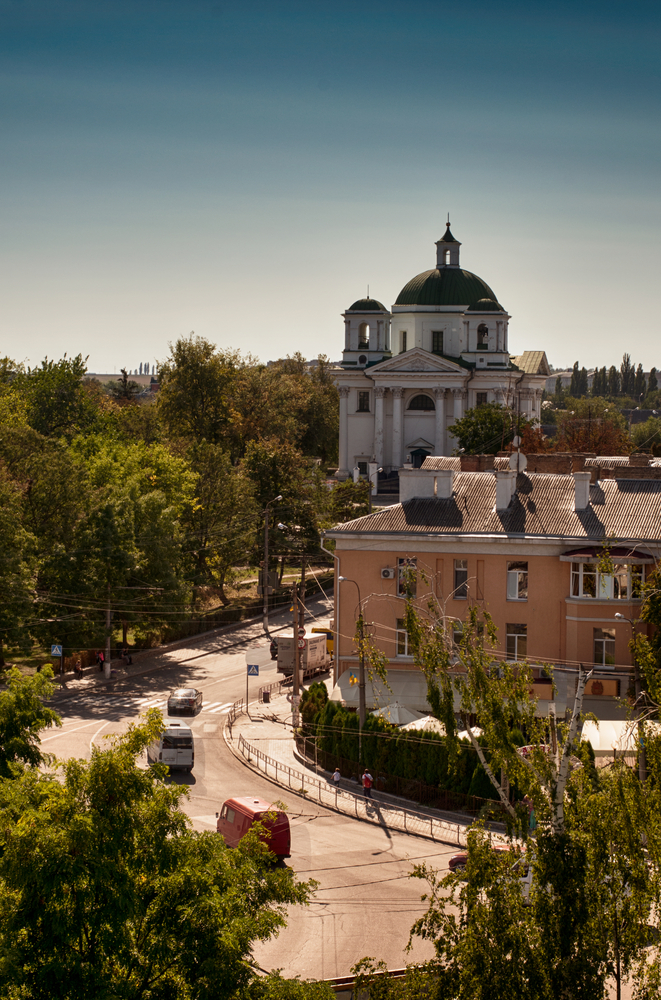
The Belaya River’s source is in the southwestern portion of the Ural Mountains. It runs through Bashkortostan within the Russian Federation and is 1,430 kilometers long.
This is an important river for the Southern Ural Mountain range as the Belaya River supports many communities, including Birsk and Beforetsk Stelitamak, Ufa. Near the city of Neftekamsk, the Belaya River merges with the Kama River.
11. Belaya River, Russia: 1,420 km (882 miles)
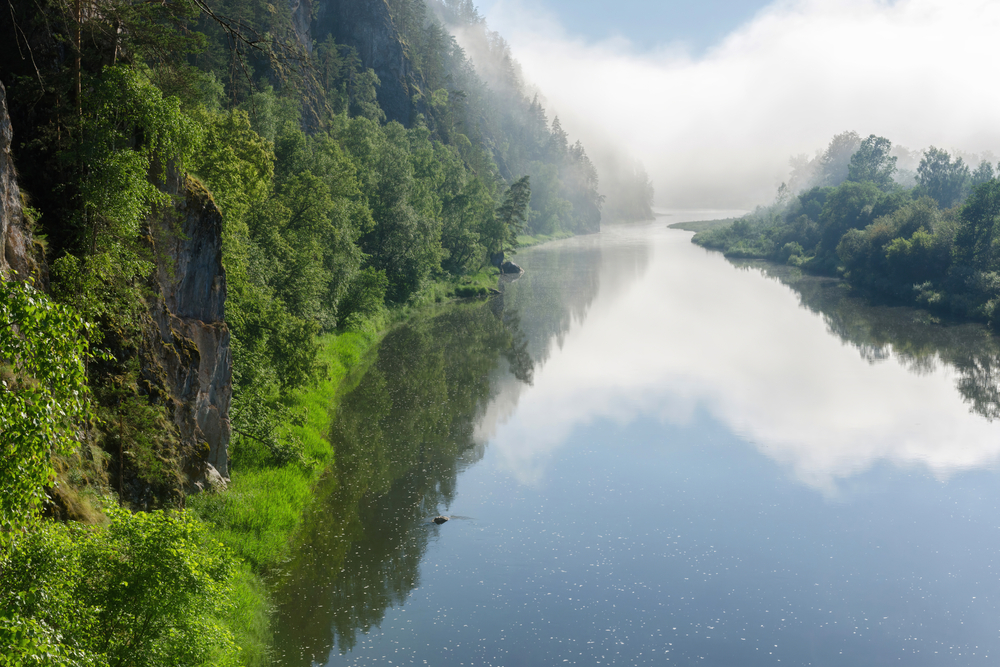
The entire Belaya River is contained within Russia. It originates in the Iremel Mountains in Bashkortostan. It flows 1,420 kilometers until it empties into the Kama River and finally the Caspian Sea.
12. Dniester River, Ukraine: 1,362 km (846 miles)
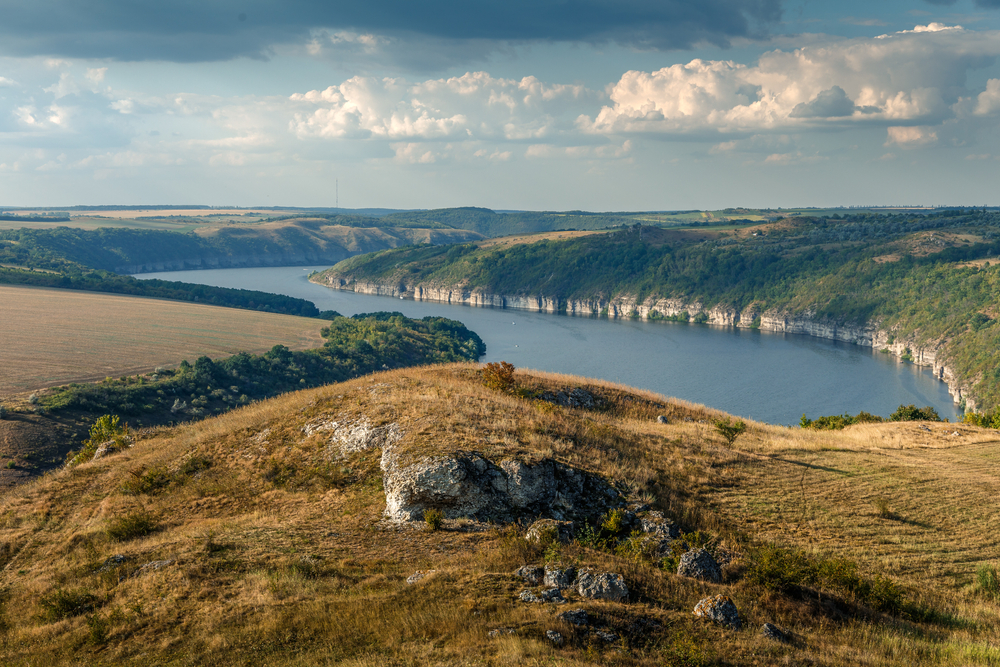
Originating in the Carpathian Mountains in Ukraine, the Dniester River is 1,362 kilometers long and its source is 900 meters above sea level. It flows into the Black Sea within Ukraine’s territory.
The Dniester River runs through both Ukraine and Moldova. When it meets the Black Sea, it discharges approximately 10,948 cubic feet of water per second.
13. Vyatka River, Russia: 1,314 km (816 miles)
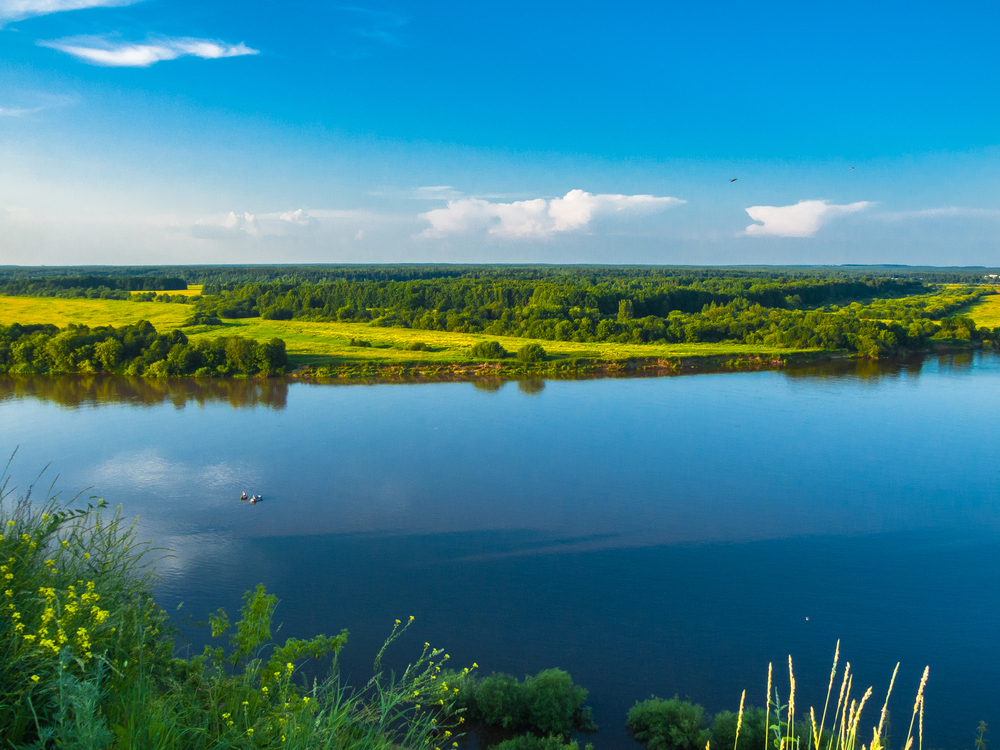
As a tributary of the Kama River, the Vyatka River’s source is Udmurtia. The river flows through Kirov Oblast within Russia and approximately 31,000 cubic feet of water flows out every second.
During the onset of winter, the Vyatka River freezes in early November and doesn’t thaw until the end of April. During the rest of the year, it is very navigable all of the way from the mouth to Kirov.
It has many major ports including Vyatskiye Polyany, Kirove, Sovetsk, and Kotelnich.
Though the river is frozen for many months of the year, it is still popular with fishermen. The river supports a large variety of fish including bream, pike, perch, and tench.
14. Rhine River, Germany: 1,230 km (764 miles)
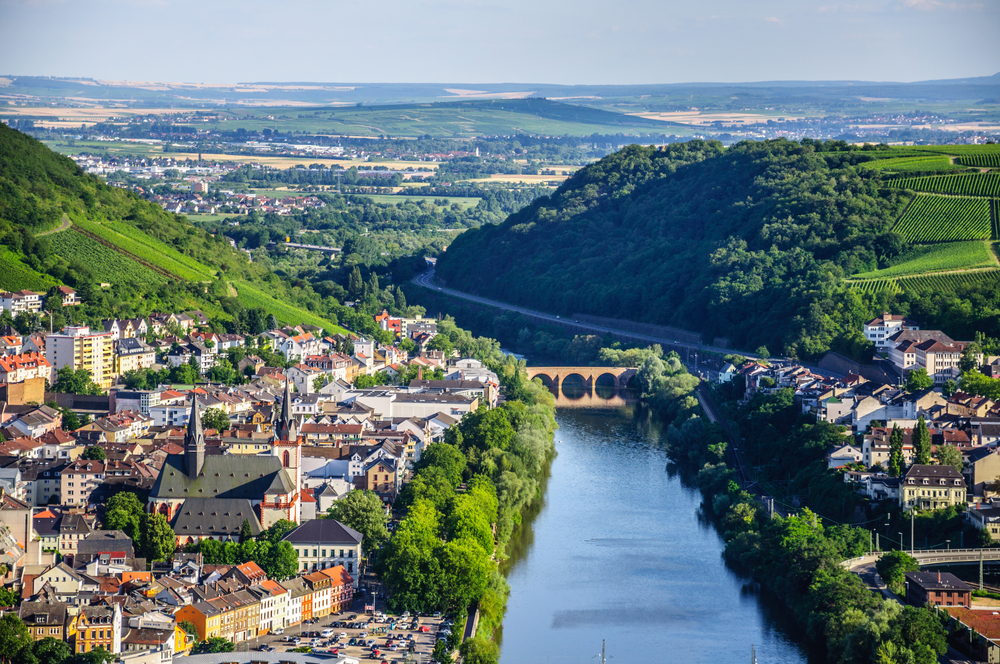
The Rhine River originates in the Graubunden area of Switzerland and flows through to Hoek van Holland, Rotterdam, in the Netherlands.
Ultimately, it empties into the North Sea at a rate of 102,413 cubic feet every second. This impressive river is 1,230 kilometers long.
As a major river in Europe, it is well known for its beauty. It travels through many European countries including Luxembourg, Belgium, Liechtenstein, Austria, Italy, and the Netherlands, as well as Switzerland, France, and Germany.
15. Desna River, Ukraine: 1,130 km (702 miles)
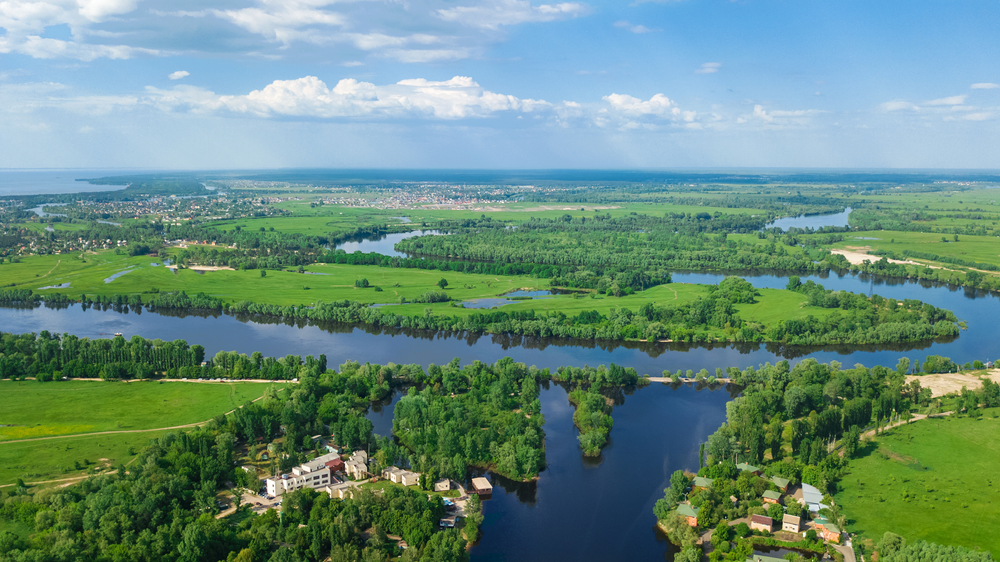
The Desna River originates in Smolensk Heights in Russia. It flows through the Desna Belt in Ukraine around Kiev and is a tributary of the Dnieper River.
At its mouth, approximately 12,713 cubic feet of water is discharged every second.
16. Vychegda River, Russia: 1,130 km (702 miles)
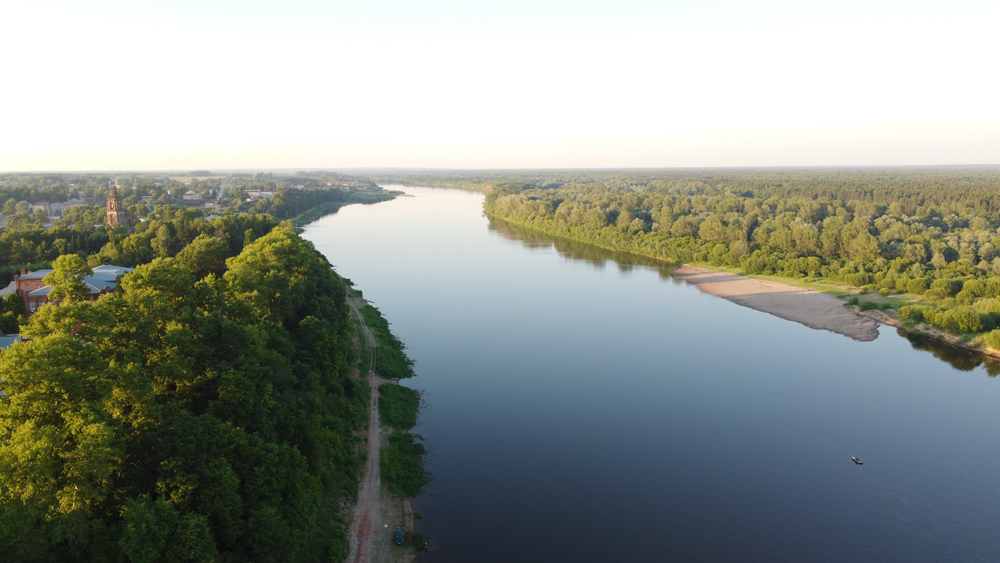
This river begins in the Northern Dvina of Russia and is 1,130 kilometers long. The source of the Vychegda River is in the Ural Mountains in the north, and this river also acts as a tributary to the Northern Dvina River.
17. Elbe River, Germany: 1,091 km (678 miles)
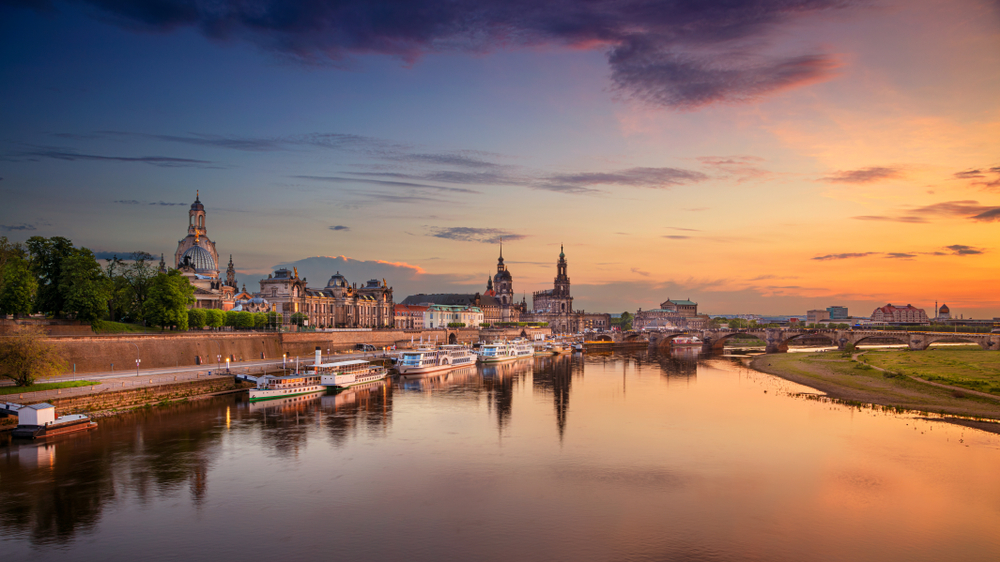
The source of the Elbe River is in the Krkonose Mountains of the Czech Republic. It is 1,091 kilometers long and traverses Germany and eventually empties into the North Sea.
At its mouth, it releases about 30,724 cubic feet of water per second.
The Elbe River is well-loved by people in the region for its constant supply of fresh water. It is also well known for its beauty and ability to sustain the flora and fauna of the region.
18. Donets River, Ukraine: 1,050 km (652 miles)

High within the Belgorod Oblast’s Prokhorovsky region of Russia, the Donets River begins at an elevation of 200 meters above sea level. It is the most significant river in eastern Ukraine and the country’s fourth longest river.
This river is also a major tributary of the Don River.
As most of the river flows through forest land, it supports many different types of birds and animals. Many who live along the river’s banks consider it to be a huge blessing for the region.
The Donets River is 1,050 kilometers long and flows through Ukraine, Russia, and the eastern European Plains.
19. Vistula River, Poland: 1,047 km (651 miles)
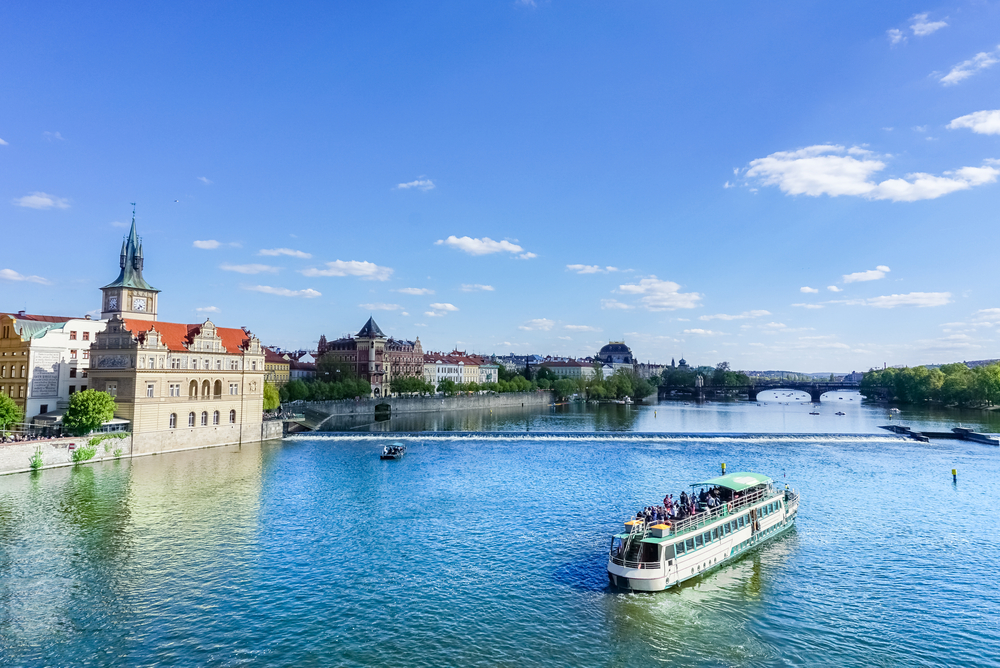
As the longest river in Poland, the Vistula river’s source is located at an elevation of 1,106 meters above sea level in Barania Gora. The river flows into the Baltic Sea at Swilbno.
The river has a number of tributaries including Drweca, Nida, Wieprz Narew, Pilica, Wisloka San, Bzura, Dunajec, Brda, and Wada. The Vistula River is 1,047 kilometers in length.
20. Tagus River, Portugal: 1,038 km (645 miles)
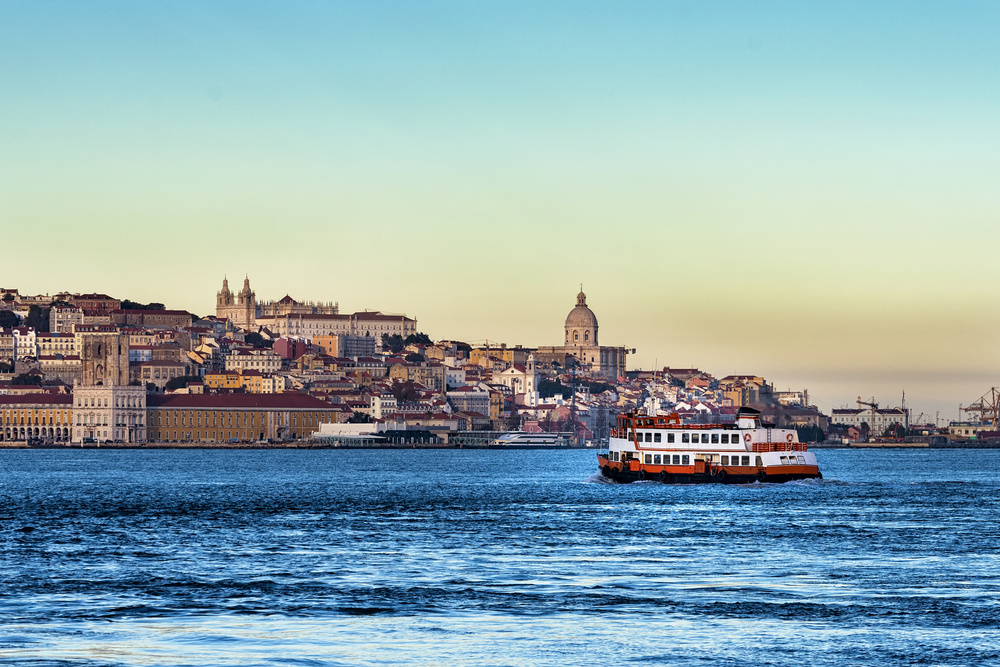
At 1,593 meters in elevation, the Tagus River source is in the Montes Universales within Aragon, Spain. It runs over 1,038 kilometers before emptying into the Atlantic Ocean around the city of Lisbon, Portugal.
The Tagus is known as the longest river on the Iberian Peninsula. The river also has several tributaries that run throughout Spain and Portugal.
21. Daugava River, Russia: 1,020 km (634 miles)
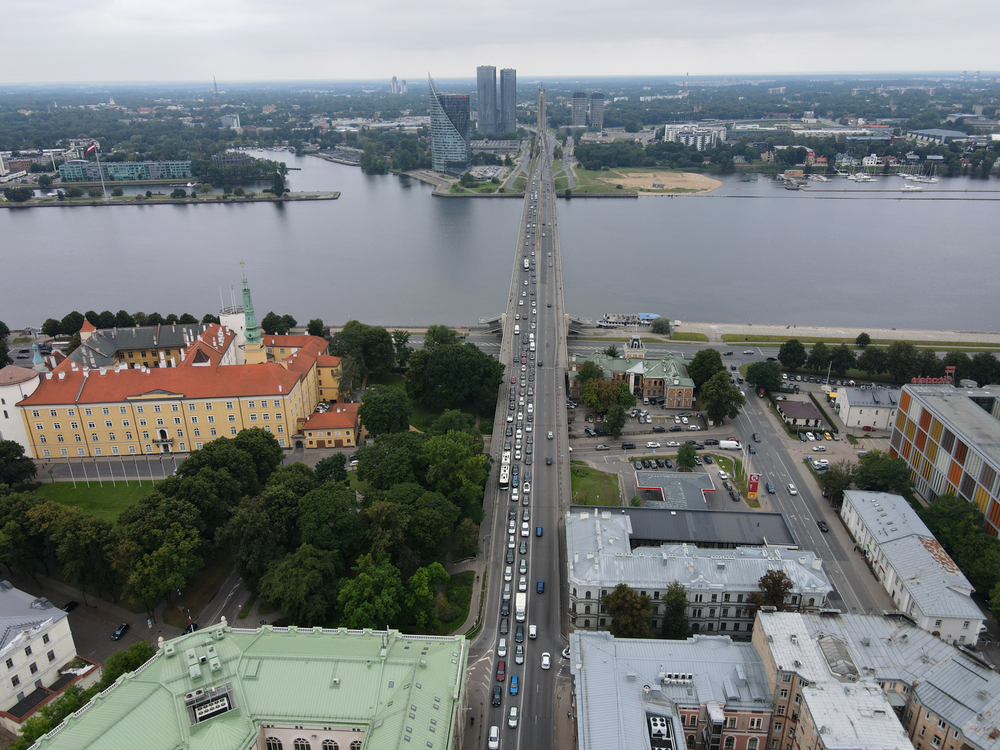
Flowing from the Valdai Hills in Russia, the Daugava River runs 1,020 kilometers. It flows to the Gulf of Riga in Latvia and into the Baltic Sea.
Approximately 325 kilometers of the river is in Russia, another 338 kilometers is in Belarus, and the final 352 kilometers is through Latvia.
This river flows through several prominent cities such as Riga, Andreapol, and Daugavpils.
The Daugava River is respected in the communities where it flows for stunning beauty and its contributions to the overall ecological support of the region.
22. Loire River, France: 1,012 km (629 miles)
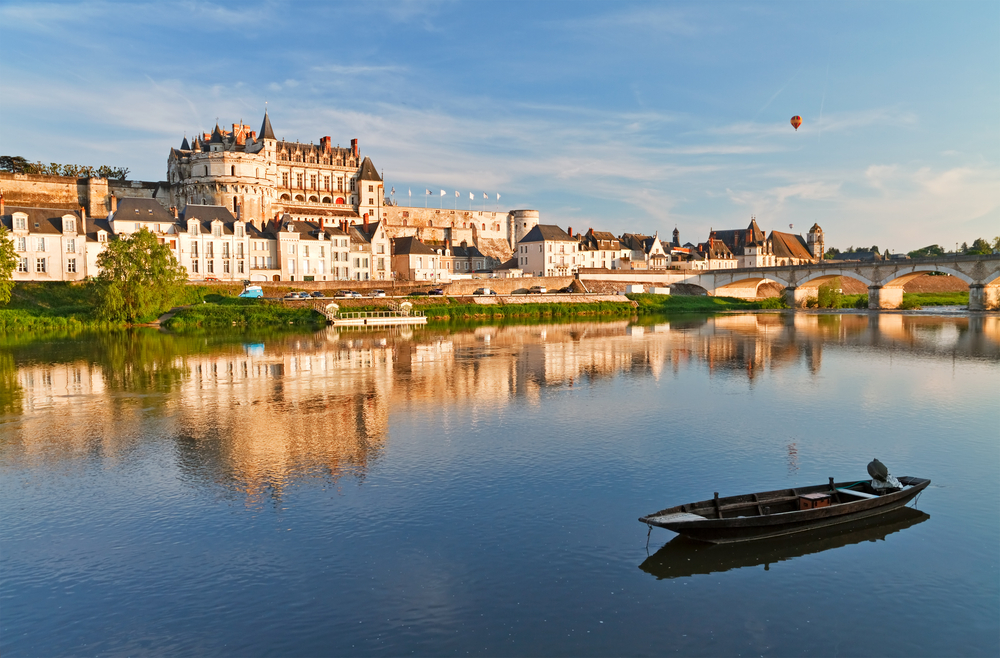
The beautiful Loire River in France originates in the Massif Central, the southeastern corner of Ardeche, at 1,350 meters above sea level. Eventually, at Saint-Nazaire, it flows into the Atlantic Ocean after a 1,012-kilometer journey.
Using this river for travel became popular after the development of the port of Nantes in 1700. Shallow river crafts and barges transport goods through the region well into the industrial era.
Despite the success in delivering materials such as coal and merchandise, the shallow draft of the river limited the tonnage that was possible. Railroads, when developed fully, quickly reduced the amount of trade along the river.
The abundant flora and fauna that are sustained by the Loire River are also significant, and the river and its basin host almost every type of freshwater fish in France. Common fish in the Loire, including migratory ones, are European eel, salmon, trout, shads, and lamprey.
The middle part of the river is the Loire Valley, and it is known for chateaus, vineyards, and fruit orchards that line the banks of the river. It is also recognized as the “Cradle of the French language.”
The many chateaus and homes along the river are recognized for their beautiful architecture.
Castles, such as Chenonceau, Chateau d’Amboise, and historic towns like Tours, are recognized for their Renaissance style and the effects that the Age of the Enlightenment had on the area.
23. Khoper River, Russia: 1,010 km (628 miles)
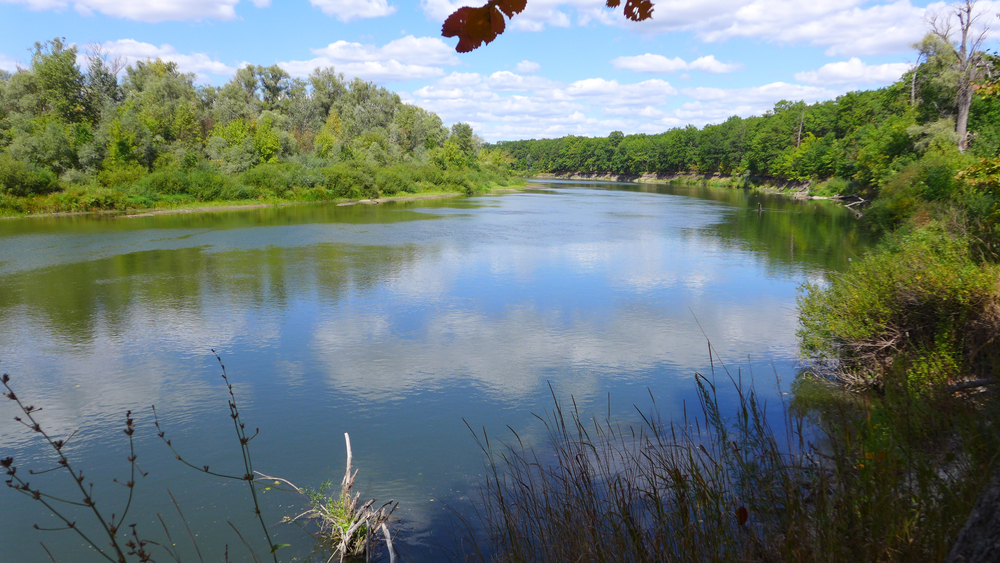
The Khoper River is also identified by the name Khopyor. As the Don River’s largest tributary, the Khoper River flows for 1,010 kilometers. The mouth where it drains into the Don River is over 300 meters wide.
24. Tajo River, Spain: 1,007 km (626 miles)
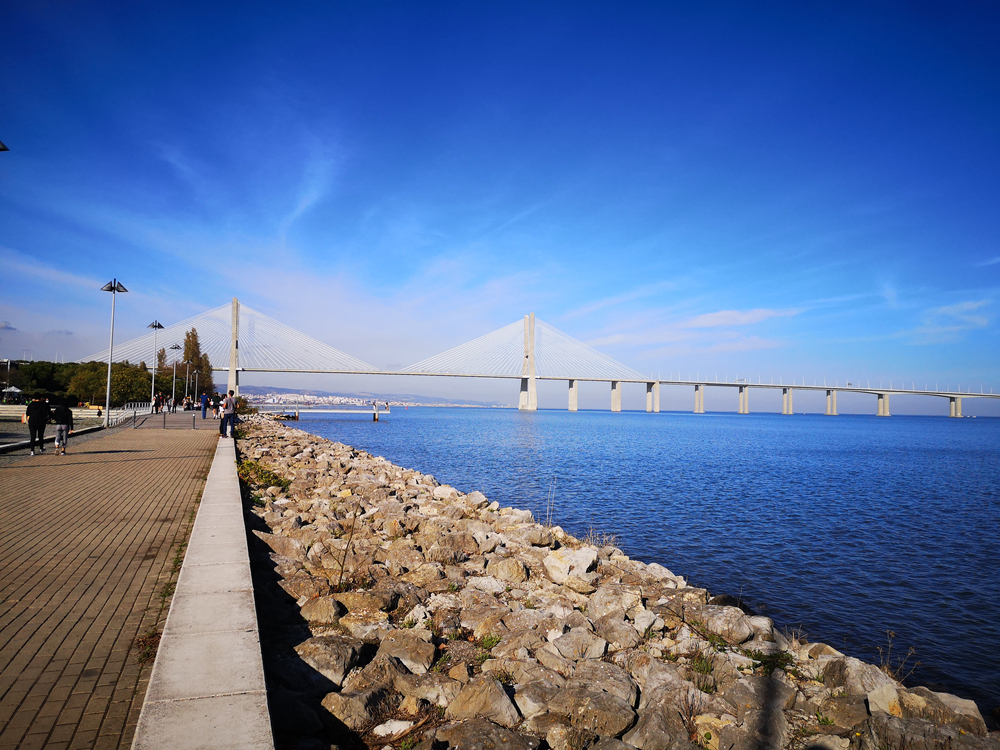
As the longest river on the Iberian Peninsula, the Tajo River runs across Spain and Portugal. The source is in the Siera de Albarracin within the Montes Universales. The river is 1,007 kilometers long and eventually empties into the Atlantic Ocean via the city of Lisbon.
The Tajo River is extremely active, and its power has been harnessed to support a number of communities.
Through the construction of a number of dams and projects to divert water, many cities within Portugal and central Spain now get their drinking water from this impressive river. Hydroelectric stations used in conjunction with the river also provide power for the surrounding populations.
25. Tisza River, Hungary: 965 km (600 miles)
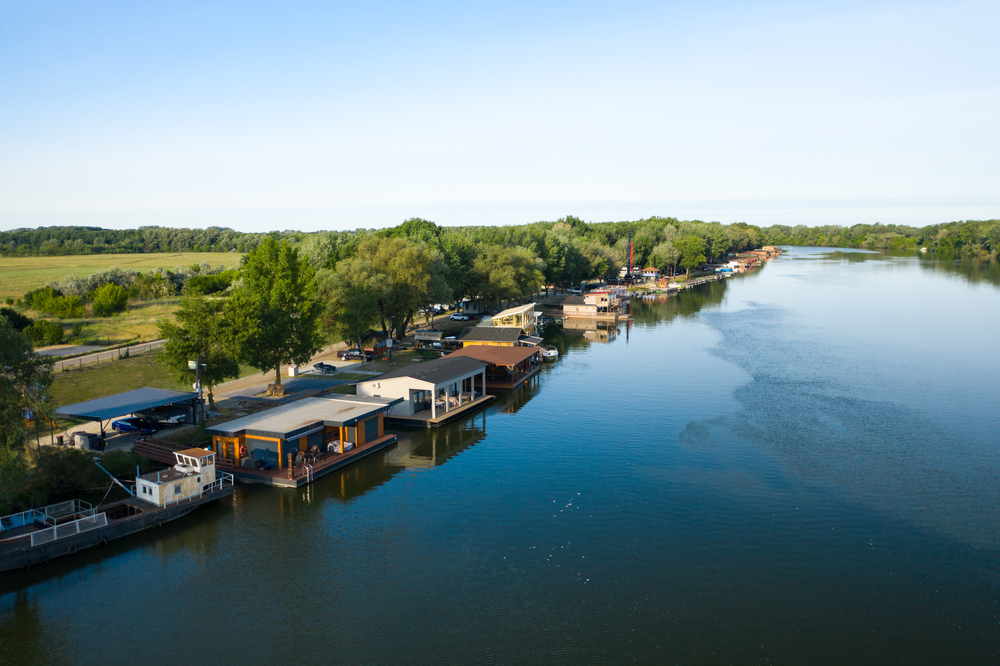
This river flows primarily in Hungary and is considered the primary river of the country. The river is fed by waters in the eastern Carpathian Mountains in Ukraine.
The source of this river is at an elevation of 2,020 meters above sea level, and the specific point of origin is close to Rakhiv, Ukraine. This river is 965 kilometers in length and ultimately flows into the Black Sea.
Several countries benefit from their proximity to this river, including Ukraine, Romania, Hungary, Slovakia, and Serbia.
Due to excessive flooding, a “regulation of the Tisza” was developed to reshape and shorten the river in order to eliminate the problem.
Eventually, the Tisza Dam was built in the 1970s to store water that could be used during droughts. The resulting lake became a popular recreational area for Hungarians and tourists.
26. Prut River, Ukraine: 953 km (592 miles)
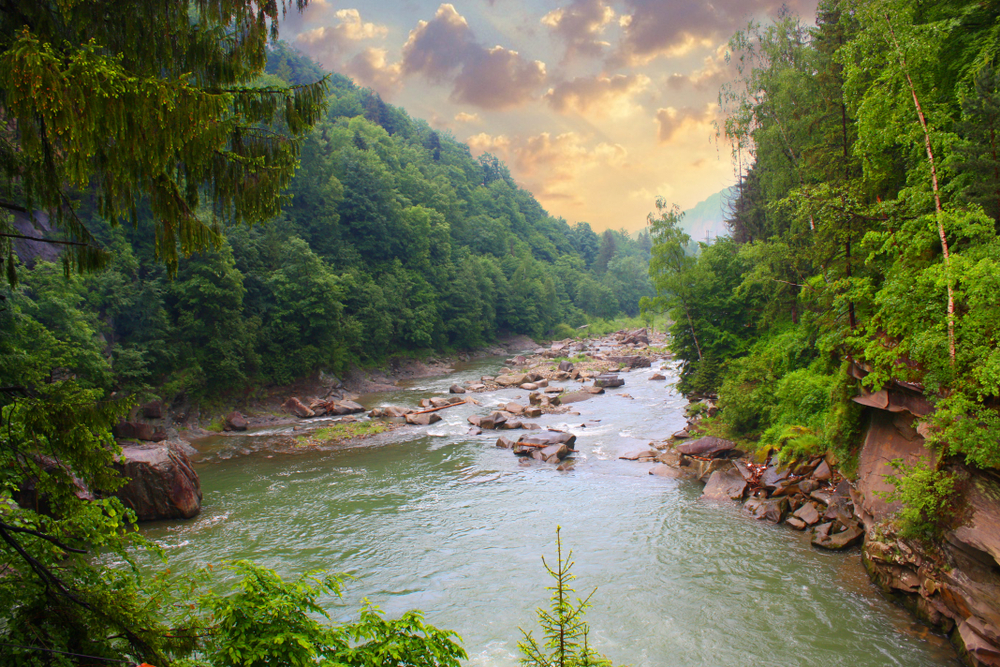
As an Eastern European River, the Prut River begins in the Carpathian Mountains of Ukraine. The source of the river is Mount Hoveria on the east side.
It flows through the Ukraine, Romania, and Moldova before draining into the Danube River, which is the second-longest river in Europe. This river is 953 kilometers in length.
This river has acted as a border between several countries, and some of those countries have changed over time. Before WWI, the river was the border between the Soviet Union and Romania.
Then, it served as the border between Poland and Romania (1918–1939) before reverting back to its previous border status following WWII. Given further political changes, the river today is the border between Ukraine and Romania.
The river has also been the site of many historic events. One of the most intriguing is when Alexander Ypsilantis, a leader in the Greek Nationalist movement, crossed to incite an uprising in the Danubian Principalities.
Known as the Wallachian uprising, the effort failed completely. However, this led to the Greek War for Independence and ten years later, the founding of the Kingdom of Greece
27. Sava River, Slovenia: 940 km (584 miles)
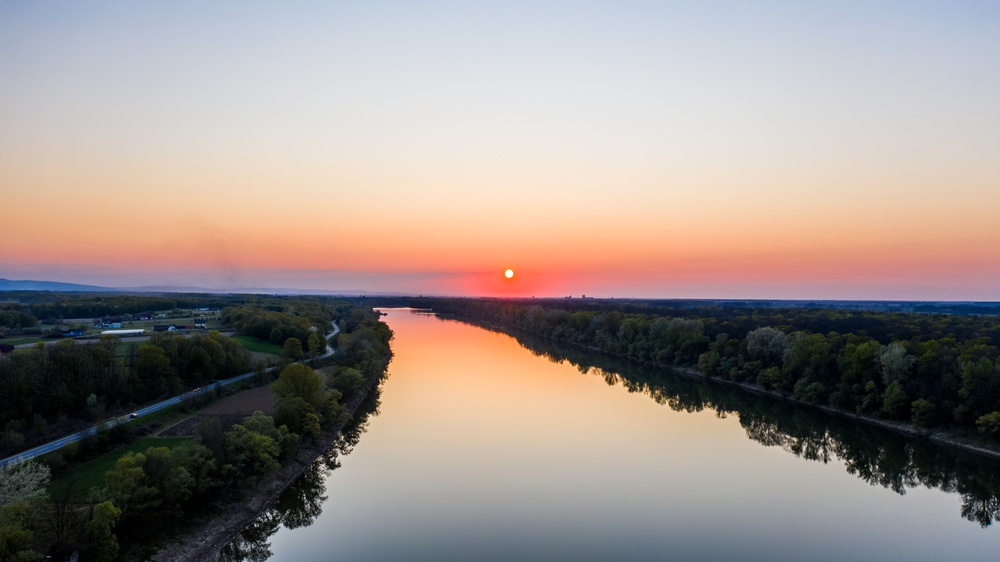
Running a length of 940 kilometers, the Sava River originates in Slovenia. To be specific, the point of origin is Zelenci, Kranjska Gora in Slovenia, at 833 meters in elevation. The river has a number of tributaries that are an offshoot from the main water source.
This river supports a number of cities along its journey. Eventually, the river combines with the Danube River in the Serbian city of Belgrade.
The river flows through a number of countries including Slovenia, Croatia, Bosnia-Herzegovina, and Serbia.
As with many rivers, industry flourishes around it. For the Sava River, hydroelectric power generation is significant. There are 18 hydroelectric power plants along the river and its tributaries, and these power plants rely on the river water for cooling purposes.
In the past, commercial and recreational fishing were significant activities, however, the Croatia and Bosnia-Herzegovina war caused these industries to decrease substantially during 1979–1990.
28. Ebro River, Spain: 930 km (578 miles)
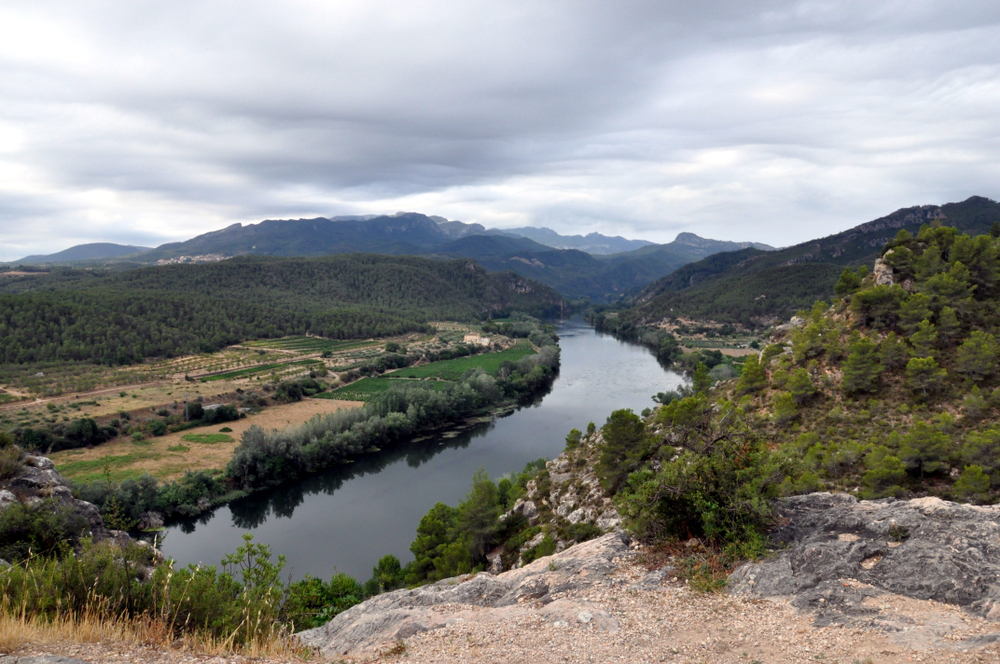
Tracking through the north of the Iberian Peninsula, the Ebro River flows for 930 kilometers. The river originates in Cantabria in Spain and ultimately flows into the Mediterranean Sea.
Its entrance to the sea is at the delta located in the Province of Tarragona.
The Ebro River is slightly smaller and shorter than the Tagus River. However, it is the longest river that is entirely contained within Spain. Other large rivers flow into neighboring Portugal.
The Ebro River supports as many as 20 communities such as Reinosa, Frias, and Leon. This means that the river traverses regions such as Cantabria, Castile, Aragon, and Tarragona.
29. Meuse River, France: 925 km (575 miles)
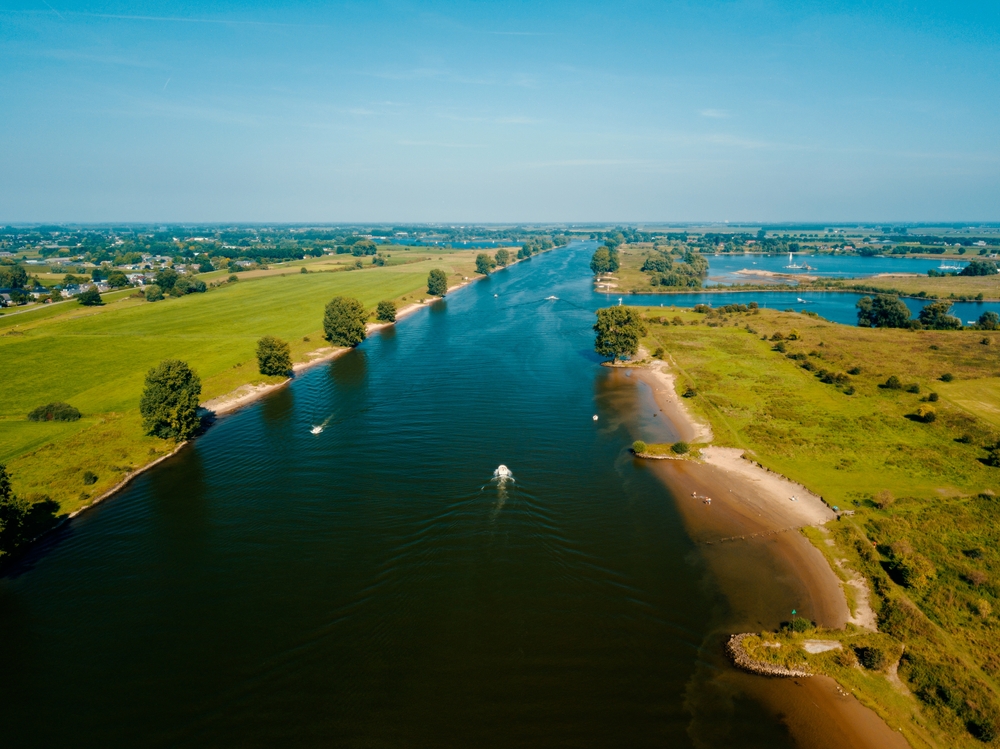
The Meuse River, also known as the Murz River to the French, is 925 kilometers in length and originates in France before journeying through Belgium and the Netherlands.
The Meuse River combines with the Rhine River in the Rhine Scheldt delta. From there, it flows into the North Sea. The river supports the communities of Verdun, Venlo, Namur, Liege, and Maastricht.
The Meuse River served as the western border between France and the Holy Roman Empire from 1301 to 1552.
The border changed when Henry II annexed three bishoprics in 1552 and again when Louis XIII began seizing the Duchy of Lorraine.
30. Neman River, Belarus: 914 km (568 miles)
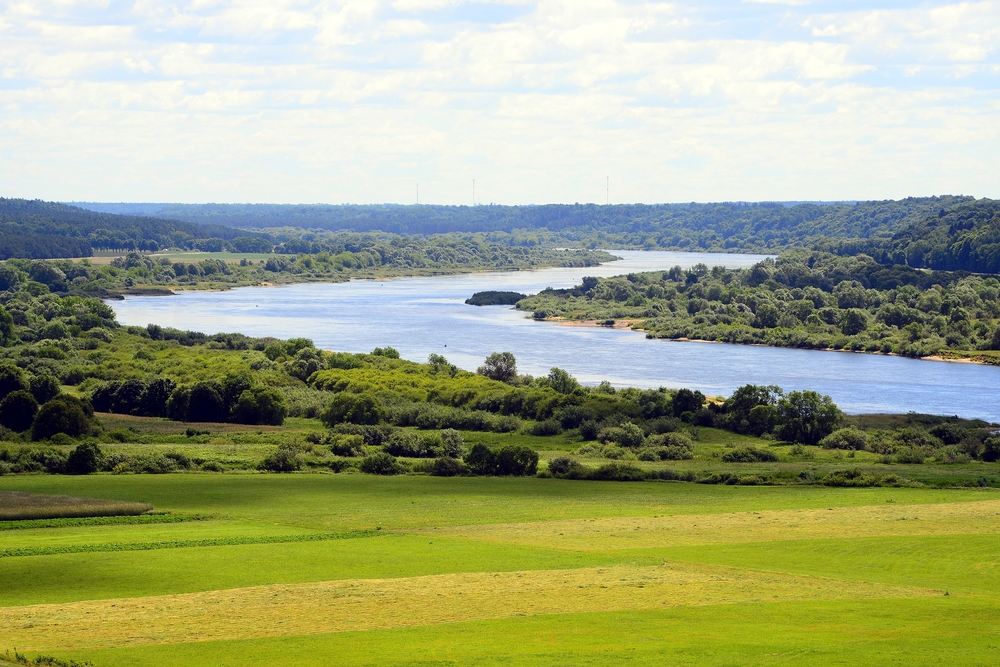
Originating in Minsk, Belarus, the Neman River flows into the Curonian Lagoon and the Baltic Sea. This outflow is west of the town of Silute, Lithuania. This river runs 914 kilometers on its journey from Belarus to Lithuania.
The Neman River is the longest in Lithuania and the third-longest in Belarus. This makes it a significant waterway in both countries. Also, most of the river is navigable which makes it important to commerce and industry.
The river itself is used for a large number of activities ranging from industry, tourism, and hydropower generation.
Many of the industries that rely on this water source focus on wood processing and papermaking, furniture, and textile manufacturing, and the processing of food items.
Many significant historical events have taken place near (or on) this river.
Since 1250, the portion of the river in what was then Prussia was called die Memel, and Memelburg Castle was ultimately built in the area by the Teutonic Knights.
A raft in the middle of the river was the location where the Treaty of Tilsit was signed between Napoleon and Tsar Alexander 1st in 1807.
The French assault on Russia, led by Napoleon in 1812 by crossing the river also took place here, as is described in the novel “War and Peace”.
And finally, the Treaty of Versailles established the border between German East Prussia and the Memel Territory at the river, which would eventually help lead to the formation of a unified Germany.

